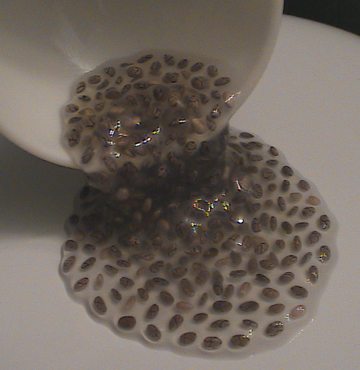I think there is a lot of confusion these days about how many Kegel exercises we should be doing.. I was told long ago that I should be doing at least 30 and as many as 60 Kegels everyday! In looking into this question, I recently came across an archive blog from physical therapist Tasha Mulligan’s Hab It blog. She describes a “quick flick” Kegel that is very efficient – you might be surprised at the number of exercises she suggests!
By Tasha Mulligan
I was asked a great question the other day regarding Kegel exercises and the confusion caused from some recommendations to complete 80+ repetitions per day vs. my recommendation to complete only 8-10 repetitions per day. [Read more…]






 1. Sleep more. When our bodies are rested they work better, pure and simple. According to
1. Sleep more. When our bodies are rested they work better, pure and simple. According to  My friend’s 20-something daughter, who had been suffering with stomach problems and skin rashes for 18 months, suddenly began to feel much better after beginning a gluten-free diet upon the suggestion of a “naturalist” physician (my friends term). Gluten is a protein found in wheat, rye and barley, and in some people it causes serious health problems. Celiac disease, also known as gluten intolerance, is a genetic disorder that affects at least 1 in 133 Americans. Symptoms of celiac disease can range from the classic features, such as diarrhea, weight loss, and malnutrition, to latent symptoms such as isolated nutrient deficiencies but no gastrointestinal symptoms.
My friend’s 20-something daughter, who had been suffering with stomach problems and skin rashes for 18 months, suddenly began to feel much better after beginning a gluten-free diet upon the suggestion of a “naturalist” physician (my friends term). Gluten is a protein found in wheat, rye and barley, and in some people it causes serious health problems. Celiac disease, also known as gluten intolerance, is a genetic disorder that affects at least 1 in 133 Americans. Symptoms of celiac disease can range from the classic features, such as diarrhea, weight loss, and malnutrition, to latent symptoms such as isolated nutrient deficiencies but no gastrointestinal symptoms. 


 One of my New Year’s resolutions is to do more
One of my New Year’s resolutions is to do more
Follow Us